From Idea to Image: Using Midjourney for Interior Design Visualisation
Disclosure: Our journal is reader-supported. If you make purchases through our partner links, we may earn a commission at no extra cost to you. Thanks for reading!
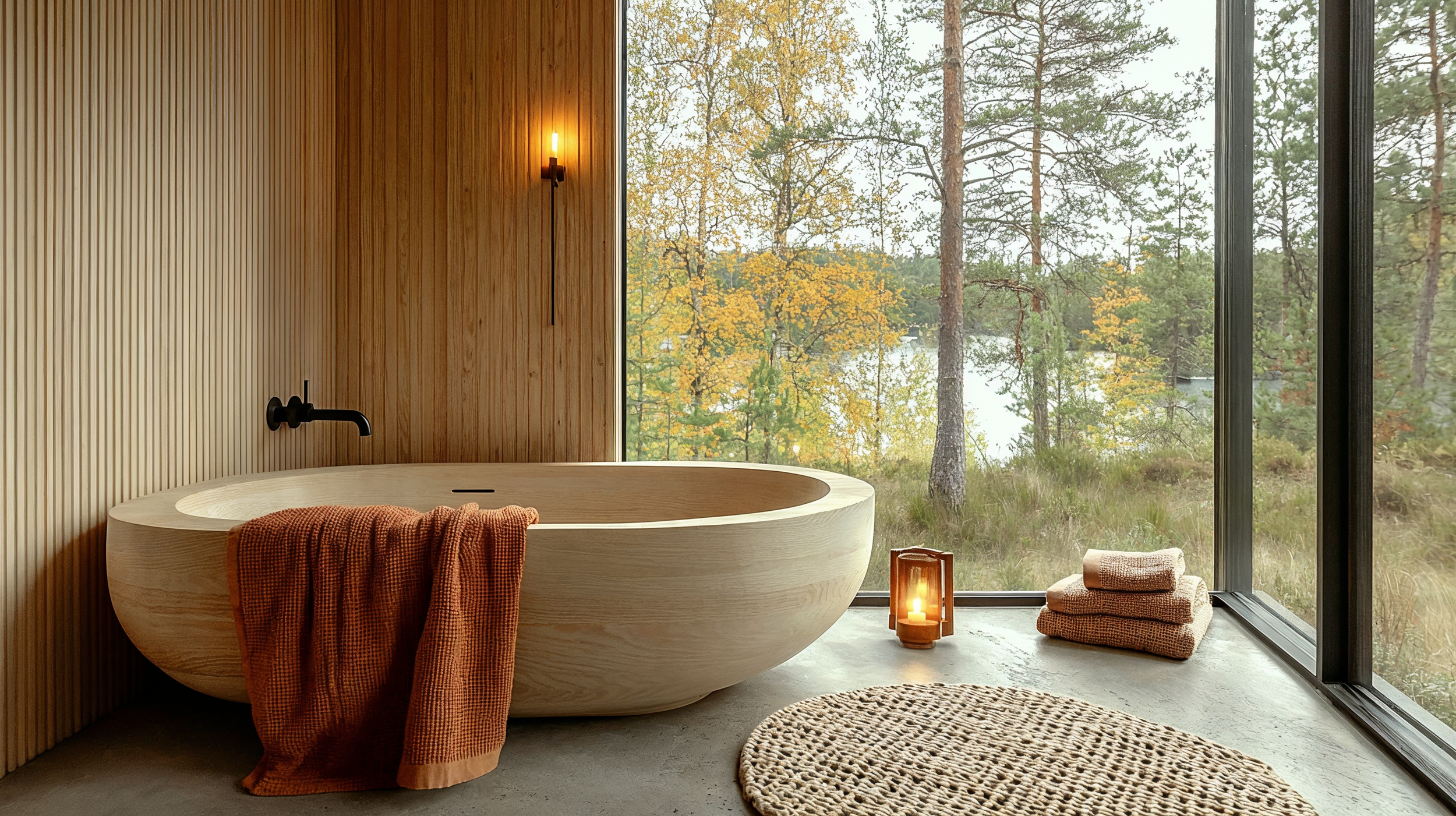



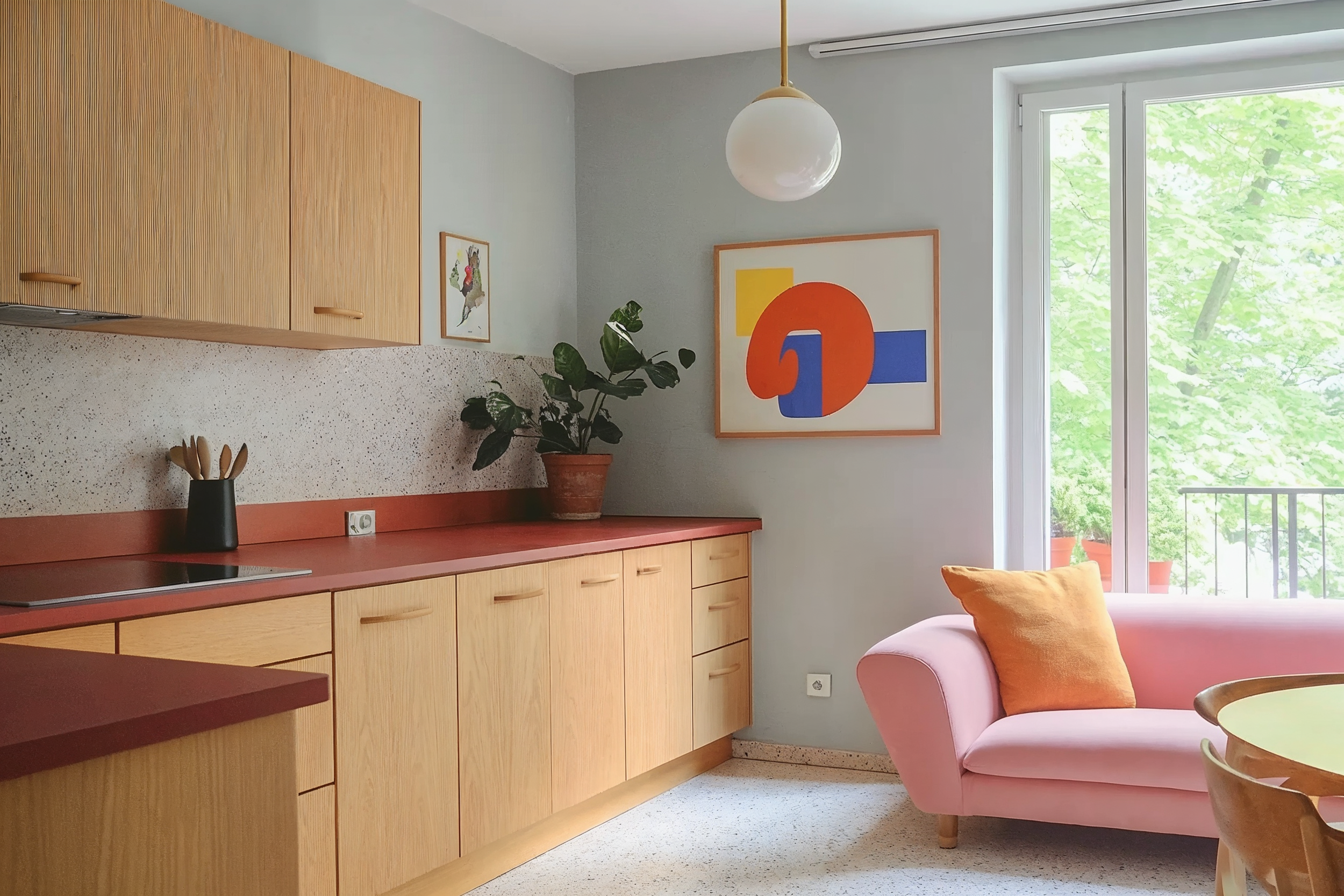

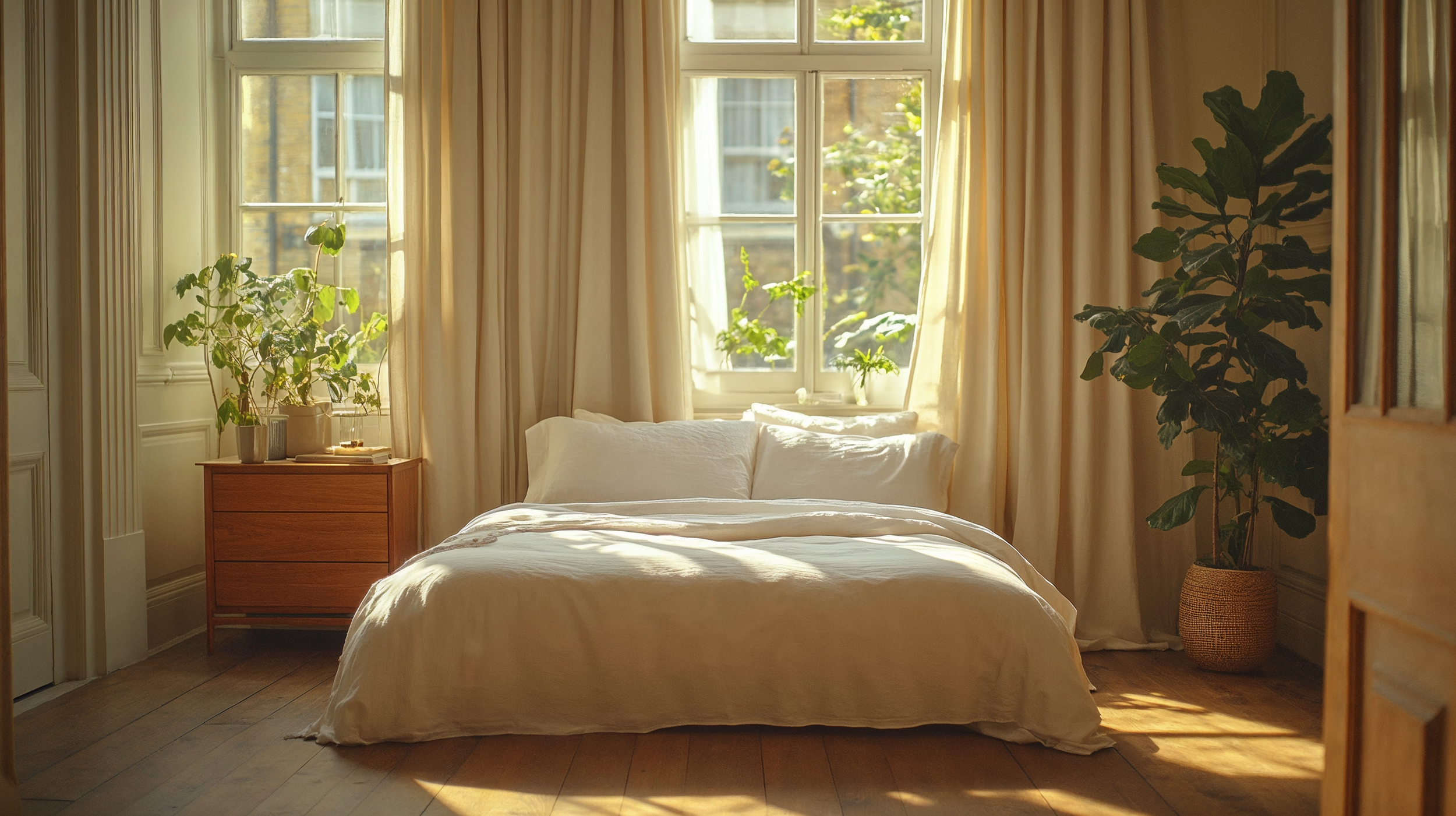
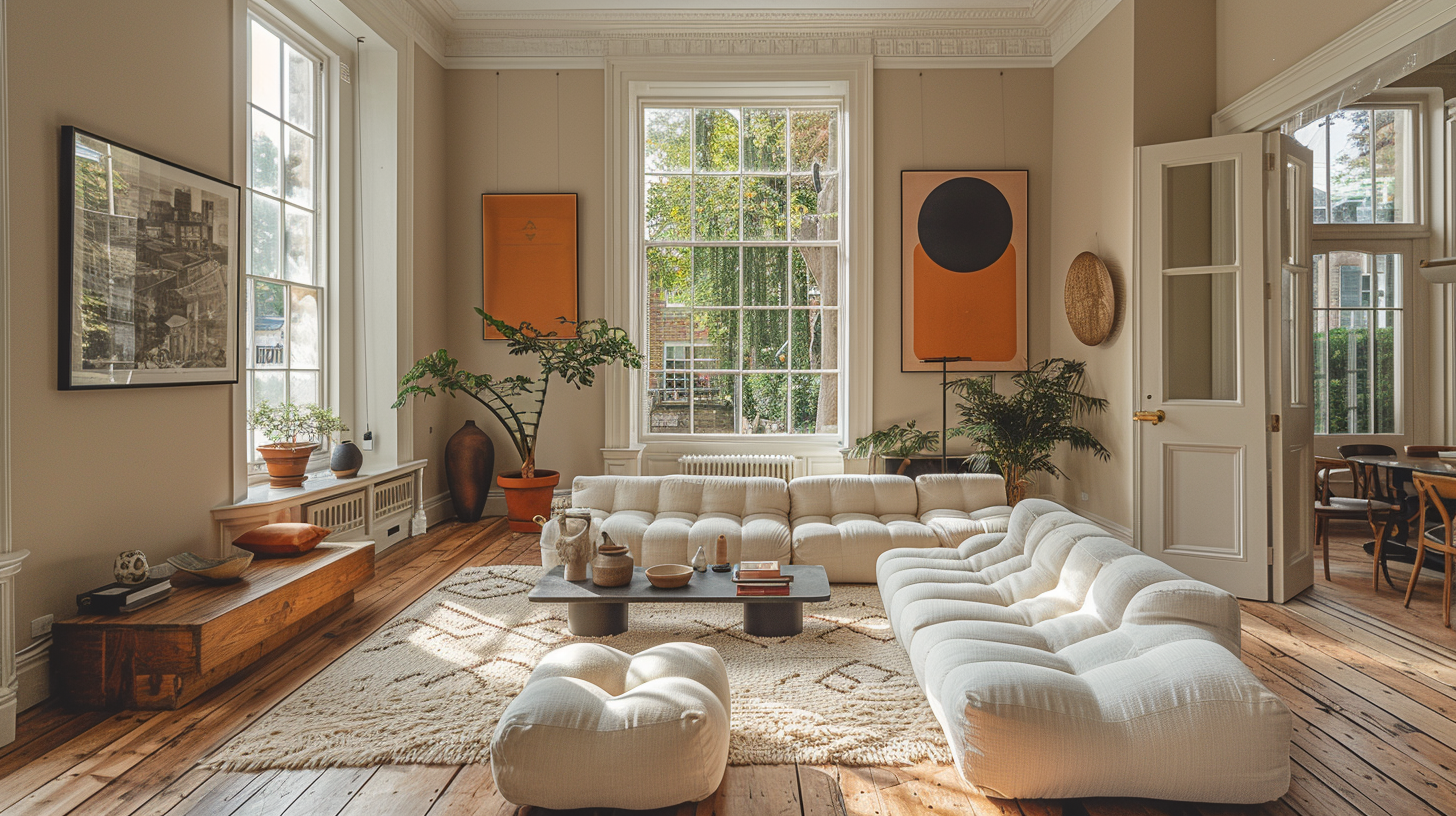
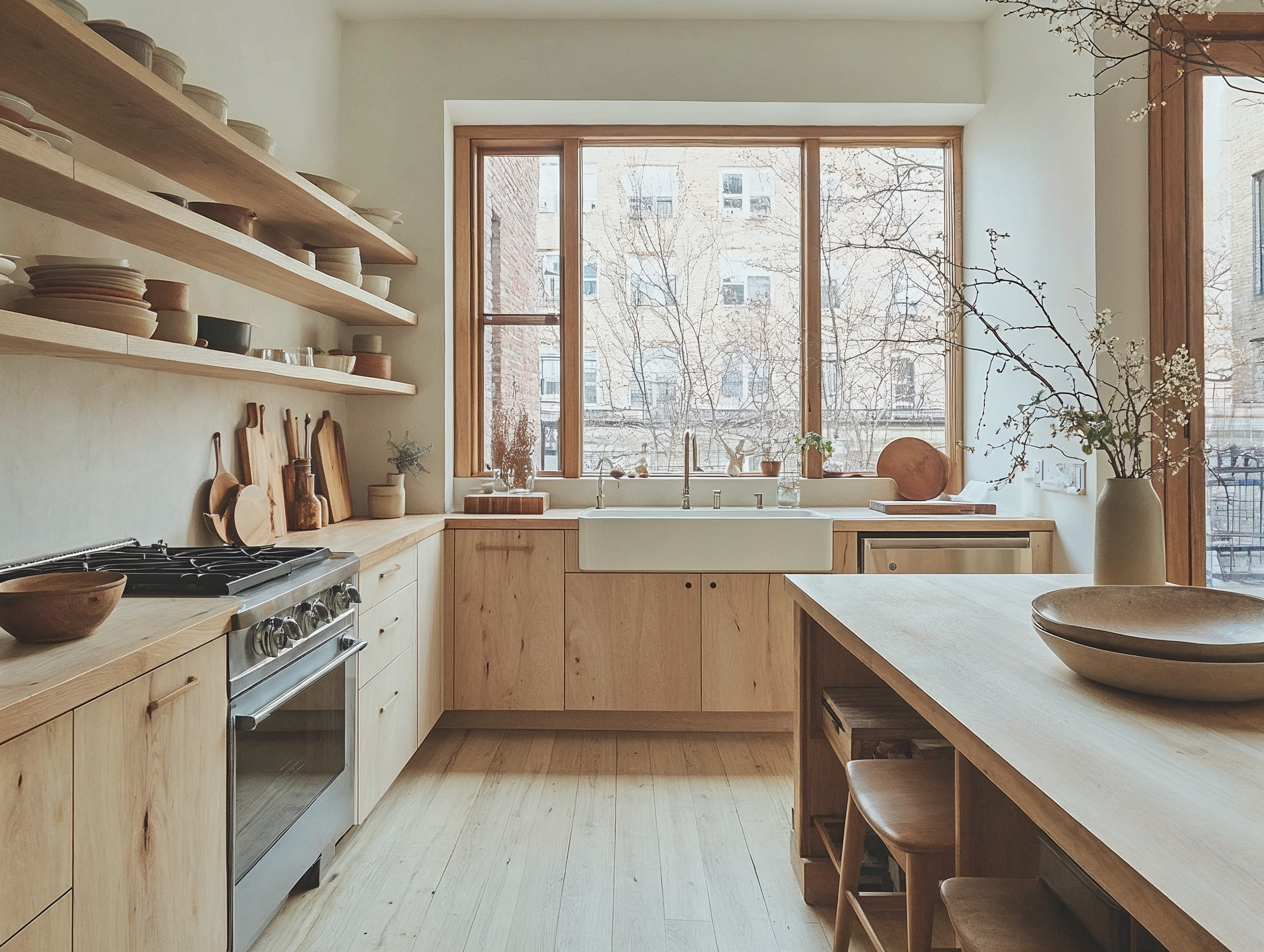
When first experimenting with Midjourney, it was clear the platform could produce impressive images quickly, but the question remained whether it could handle the specific challenge of creating convincing, photorealistic interior spaces. After a few weeks of trial and error, the answer is confidently yes—but there's definitely a learning curve involved.
Setting up was straightforward enough. Join the Discord server, familiarise yourself with the bot, and begin experimenting with basic prompts. The first attempts were... let's say educational. The images looked rather too "digital" or overly stylised—more like concept art than spaces you'd actually want to live in. That's when it became clear that understanding how Midjourney interprets instructions is essential to achieving the desired results.
The breakthrough came when it became apparent that specificity is everything. Rather than requesting a "modern kitchen," building detailed descriptions works far better: "Scandinavian kitchen with oak cabinetry, terrazzo flooring, black pendant lights, and morning sunlight streaming through floor-to-ceiling windows." The more precise the description—mentioning specific materials, lighting conditions, and even camera angles—the more realistic the results.
Midjourney's default style tends towards the overly polished and artistic—beautiful, but not necessarily believable. Learning to adjust the --stylize parameter, typically reducing it to around 500–750, helps significantly. This small change eliminates that "too perfect" appearance and produces more natural, lived-in feeling spaces.
Lighting descriptions become crucial too. Experimenting with everything from "soft northern light" to "warm afternoon sun" to "overcast daylight" shows how each variation noticeably affects both the mood and authenticity of the images.
Early attempts are often inconsistent, but that inconsistency teaches valuable lessons. Generate batches of images, identify what works (and what doesn't), then refine the approach. Sometimes including reference images helps guide Midjourney's interpretation. Other times, focusing on a single element—getting the lighting just right, or perfecting the material textures—proves more effective.
This iterative process becomes the standard workflow. It's remarkable how quickly you can move from a rough concept to something that looks entirely convincing with the right prompting strategy.
Once you have images you're satisfied with, upscaling them within Midjourney provides higher resolution. For larger prints or presentations, external AI upscaling tools can push the quality even further—sometimes to 4K or 8K resolution. The level of detail these tools can preserve is genuinely impressive.
Here's what becomes clear: Midjourney is exceptionally powerful, but it's not a substitute for human creativity and judgement. You still guide every aspect of the process—from the initial concept to the final prompt refinements. Sometimes combining elements from different generated images achieves exactly what you're after.
But as a visualisation tool, it transforms how design work happens. Creating mood boards, exploring design concepts, or simply helping clients visualise spaces becomes remarkably efficient.
Using Midjourney to create photorealistic interiors genuinely changes the approach to design visualisation. It's efficient, flexible, and consistently surprising in the best way. The key insights: invest time in learning effective prompting, be specific about materials and lighting, and don't expect perfection immediately.
The learning curve is real, but manageable. Start with simple spaces, pay attention to what works in successful prompts, and gradually build complexity. The more detail you provide, the better your results will be.
Most importantly, approach it as a collaborative process. You're not just generating images—you're having a conversation with an AI that can help bring design ideas to life in ways that were simply impossible just a few years ago.








